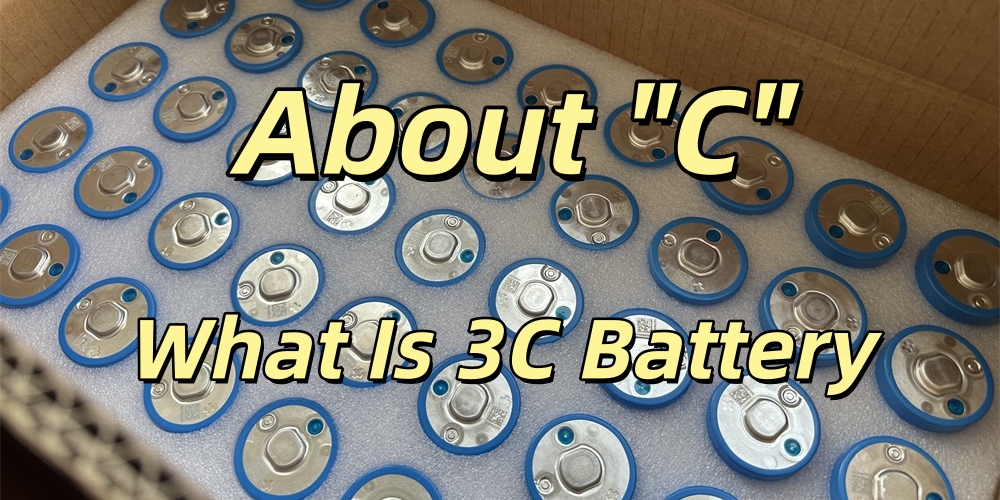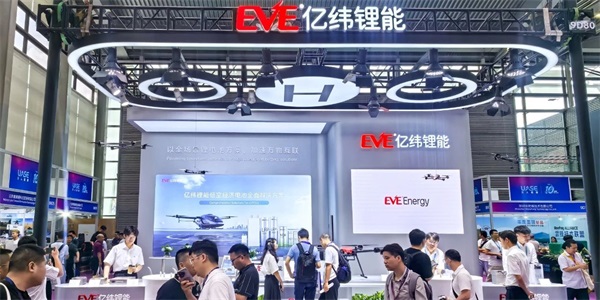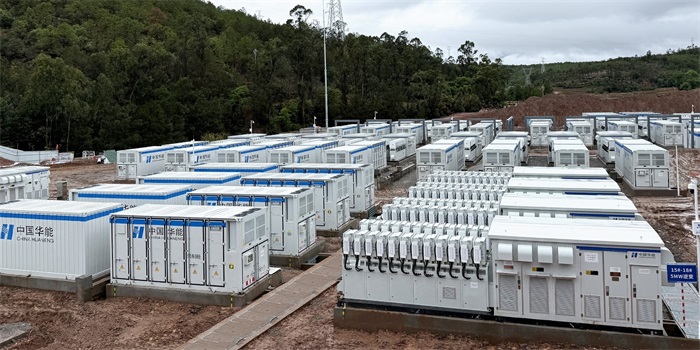What Is 3C Battery: Understand the Calculation Method of Lithium Battery Rate

3C mean the discharge rates of a lithium battery.which mean that a fully charged battery rated at 2Ah should provide 6A for one third hour.
The same battery discharging at 1C should provide 2A for one hours, and at 2C it delivers 4A for 30 minutes.
The 3C battery is a lithium-ion battery that supports 3rate (3C) charging and discharging. It can be fully charged or discharged within 20 minutes (for example, a 1000mAh battery can be charged and discharged at 3A current). It features high power, low internal resistance and high-temperature resistance. It is mainly used in high-energy-consuming devices such as drones, power tools and fast-charging electric vehicles to meet the requirements of fast charging and discharging.
How to calculate the C rate for your batteries?
If one wants to calculate the C rating of a battery, one should first know the charging and discharging times, because a battery's C rating is defined by the time of charge and discharge.
The C-rate is an important measure of a battery's charging or discharging capability. If a rechargeable battery can discharge at a certain C-rate, a 2Ah battery would provide about 6A, meaning the discharge rate of the battery is 3C. If the battery can only provide a maximum discharge current of 1A, the discharge rate would be 1A / 2Ah = 0.5C.
C-rate (C) = charge or discharge current in amperes (A) / rated capacity of the battery (Ah)
Therefore, calculating the C rating is important for any battery user and can be used to derive output current, power and energy by:
Cr = I/Er
Er = Rated energy stored in Ah
I = Charge/discharge current in A
Cr = C rate of the battery
t = Charge/discharge duration
Calculate charge and discharge time
t = Er / I
Example: 3Ah Lithium Battery C Rate
For the same 3Ah lithium battery,
1C means 3Ah*1C=3A discharge current available.
1C means 3Ah/3A = 1 hour discharge time, Capable.
It means the battery can be used for 60 minutes (1h) with a load current of 2A.
2C means 3Ah*2C=6A discharge current available.
2C means 3Ah/6A = 0.5 hours discharge time, Capable.
It means the battery can be used for 30 minutes (0.5h) with a load current of 4A.
0.5C means 3Ah*0.5C=1.5A discharge current available.
0.5C means 3Ah/1.5A = 2 hours discharge time, Capable.
It means the battery can be used for 120 minutes (2h) with a load current of 1A.
Battery capacity readings are sometimes displayed as a percentage of the nominal rating. For instance, if a 2000mAh battery can supply the specified current for 60 minutes, it would be shown as 100%. However, if the battery only lasts for 30 minutes before reaching the cut-off point, the reading would be displayed as 50%. In some cases, a new battery may show a capacity higher than 100%.
The battery can be tested with an analyzer that allows you to set your desired C-rate. If the battery is discharged at a lower rate, it will show a higher capacity, and conversely, if discharged at a higher rate, the displayed capacity will be lower. It's important to keep in mind that capacity readings from battery analyzers can vary depending on the C-rate used, as these readings are influenced by the battery's internal resistance.
For more information about battery C rate, please read 《What is a Battery C Rating: Explore the Mystery of Battery C Rating》
What would happen if 1C batteries were used instead of 3C batteries?
The insufficient current provided caused the equipment to shut down
When your application requires a 3C battery, the continuous current it can provide is three times that of a 1C current. If a 1C battery is used instead of a 3C battery, the current required by the device will be greater than the provided current, which will cause the device to stop operating due to insufficient current. It is not recommended to replace 3C batteries with 1C batteries.
We produce and sell high-performance lithium-ion batteries, including but not limited to 3C batteries. You can consult us to choose the right battery rate for your device application. For more information or any questions, please email info@energy-x.org.

